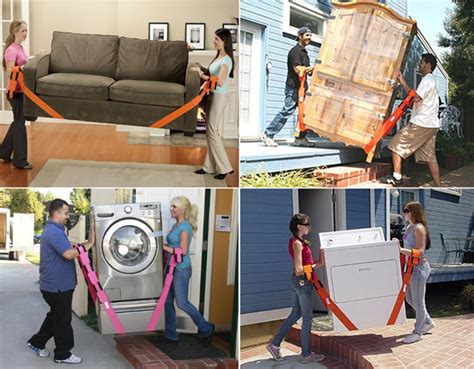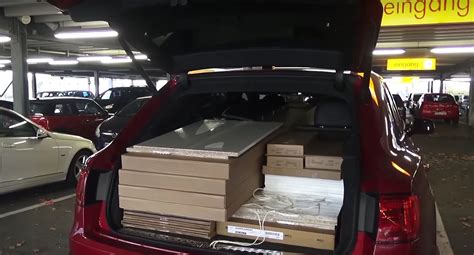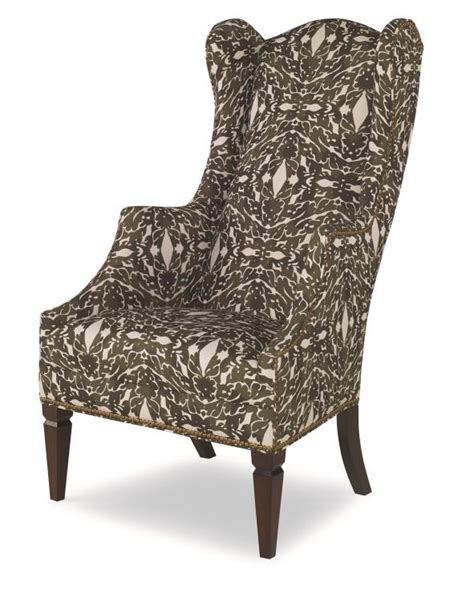Furniture Carrier

In the world of logistics and transportation, the role of a furniture carrier is an essential yet often overlooked aspect of the industry. These specialized carriers play a pivotal role in ensuring the safe and efficient movement of furniture, a commodity that requires unique handling due to its delicate nature and varied sizes. As the demand for furniture continues to rise, both locally and internationally, the need for expert furniture carriers has never been more crucial. This article delves into the world of furniture carriers, exploring their significance, the challenges they face, and the innovative solutions they employ to meet the demands of the furniture industry.
The Significance of Furniture Carriers in the Logistics Industry

Furniture carriers are a critical link in the supply chain, connecting furniture manufacturers, retailers, and consumers. Their role extends beyond simple transportation; they are entrusted with the responsibility of ensuring that furniture pieces, ranging from delicate antiques to bulky modern designs, arrive at their destinations intact and in pristine condition. This task is far from straightforward, as furniture transportation involves a myriad of challenges that demand specialized knowledge and equipment.
Specialized Equipment and Techniques
Furniture carriers utilize a range of specialized equipment to handle the diverse needs of furniture transportation. This includes custom-built vehicles with adjustable compartments to accommodate varying furniture sizes, and advanced suspension systems to minimize the risk of damage during transit. Additionally, furniture carriers employ specialized packing materials such as high-density foam, bubble wrap, and wooden crates to provide an extra layer of protection.
The loading and unloading process is another critical aspect where specialized techniques come into play. Furniture carriers employ trained professionals who understand the intricacies of furniture design and construction, allowing them to handle pieces with care and expertise. This includes using specialized cranes and hoists for larger, heavier items, and employing careful wrapping and securing techniques to prevent scratches, dents, and other forms of damage.
Challenges and Innovations in Furniture Transportation
Furniture transportation is not without its challenges. The delicate nature of furniture, coupled with its varied sizes and shapes, presents a unique set of obstacles. Furniture carriers must navigate tight spaces, negotiate challenging roads, and often deal with last-minute changes or special requests from customers, all while ensuring the safety and integrity of the furniture they transport.
To overcome these challenges, furniture carriers have embraced innovative solutions. Many carriers now utilize advanced tracking systems that provide real-time updates on the location and condition of furniture during transit. This technology not only enhances efficiency but also provides customers with peace of mind, knowing they can track their valuable furniture at every stage of the journey.
Furthermore, furniture carriers have invested in state-of-the-art warehousing facilities that are designed specifically for furniture storage. These warehouses feature climate-controlled environments to protect furniture from extreme temperatures and humidity, and they are equipped with specialized racking systems that maximize space utilization while ensuring the safety of stored furniture.
The Role of Furniture Carriers in International Trade

The significance of furniture carriers extends beyond domestic borders. In the era of globalization, furniture carriers play a crucial role in facilitating international trade. With the rise of e-commerce and online furniture retail, the demand for cross-border furniture transportation has skyrocketed. Furniture carriers are now tasked with navigating the complexities of international regulations, customs procedures, and language barriers to ensure smooth and seamless transportation of furniture across borders.
Customs Compliance and Documentation
International furniture transportation requires meticulous attention to detail and compliance with a multitude of regulations. Furniture carriers must ensure that all necessary documentation, including bills of lading, commercial invoices, and customs declarations, is accurately prepared and submitted. They must also stay abreast of the constantly evolving customs regulations and trade agreements to avoid delays and ensure compliance.
To streamline this process, many furniture carriers have adopted digital solutions that automate much of the documentation and compliance processes. These systems integrate with customs authorities' platforms, allowing for real-time updates and faster clearance procedures. By embracing technology, furniture carriers are able to reduce the risk of errors and delays, thereby enhancing the efficiency of international furniture transportation.
Global Reach and Logistics Networks
Furniture carriers with a global reach are able to offer comprehensive transportation solutions that cater to the diverse needs of international furniture trade. They have established extensive logistics networks, with partnerships and affiliations in key furniture-producing and consuming regions. This network ensures that furniture can be transported efficiently and securely, regardless of its origin or destination.
Furthermore, these carriers often have a deep understanding of local markets and regulations, which is crucial for navigating the complexities of international furniture trade. They are able to provide valuable insights and guidance to furniture manufacturers and retailers, helping them navigate the logistical challenges associated with cross-border trade.
The Future of Furniture Carriers: Technological Advancements and Sustainability
As the logistics industry continues to evolve, furniture carriers are embracing technological advancements and sustainable practices to stay ahead of the curve. The integration of technology into their operations is transforming the way furniture is transported, making it more efficient, cost-effective, and environmentally friendly.
Technology-Driven Solutions
Furniture carriers are leveraging technology to enhance every aspect of their operations. From route optimization algorithms that reduce transportation times and costs, to predictive analytics that anticipate potential issues and provide proactive solutions, technology is revolutionizing the way furniture carriers operate.
For instance, advanced GPS systems and telematics provide real-time visibility into the location and condition of furniture during transit. This not only improves efficiency but also allows for more accurate delivery estimates and enhanced customer service. Additionally, technology-driven solutions such as digital freight matching platforms are streamlining the process of connecting furniture carriers with shippers, reducing empty miles, and optimizing load utilization.
Sustainable Practices in Furniture Transportation
With growing concerns about environmental sustainability, furniture carriers are adopting green practices to reduce their carbon footprint. This includes investing in more fuel-efficient vehicles, utilizing alternative fuels, and optimizing routes to minimize fuel consumption and emissions.
Furthermore, furniture carriers are exploring innovative packaging solutions that reduce waste and promote sustainability. This includes the use of biodegradable and recyclable materials, as well as implementing packaging designs that minimize material usage without compromising protection. By adopting sustainable practices, furniture carriers are not only contributing to environmental conservation but also enhancing their reputation as responsible and forward-thinking businesses.
Conclusion: The Evolving Role of Furniture Carriers
Furniture carriers are an integral part of the logistics industry, playing a vital role in the safe and efficient transportation of furniture. Their expertise, specialized equipment, and innovative solutions make them indispensable partners for furniture manufacturers, retailers, and consumers. As the furniture industry continues to evolve and expand, furniture carriers will undoubtedly remain at the forefront, adapting to new challenges and opportunities, and driving the industry forward with their expertise and dedication.
How do furniture carriers ensure the safe transportation of delicate furniture pieces?
+Furniture carriers employ a range of specialized techniques and equipment to ensure the safe transportation of delicate furniture pieces. This includes using custom-built vehicles with adjustable compartments, advanced suspension systems, and specialized packing materials such as high-density foam and wooden crates. Additionally, trained professionals handle the loading and unloading process with care and expertise, using specialized cranes and hoists for larger items.
What challenges do furniture carriers face in international transportation?
+International furniture transportation presents a unique set of challenges. Furniture carriers must navigate complex customs regulations, language barriers, and varying local market conditions. They must also ensure compliance with a multitude of documentation requirements, including bills of lading, commercial invoices, and customs declarations. However, many furniture carriers have embraced digital solutions to streamline these processes, making international transportation more efficient and seamless.
How are furniture carriers embracing sustainability in their operations?
+Furniture carriers are adopting sustainable practices to reduce their environmental impact. This includes investing in fuel-efficient vehicles, utilizing alternative fuels, and optimizing routes to minimize fuel consumption and emissions. They are also exploring innovative packaging solutions that reduce waste, such as biodegradable and recyclable materials, and implementing packaging designs that minimize material usage.



